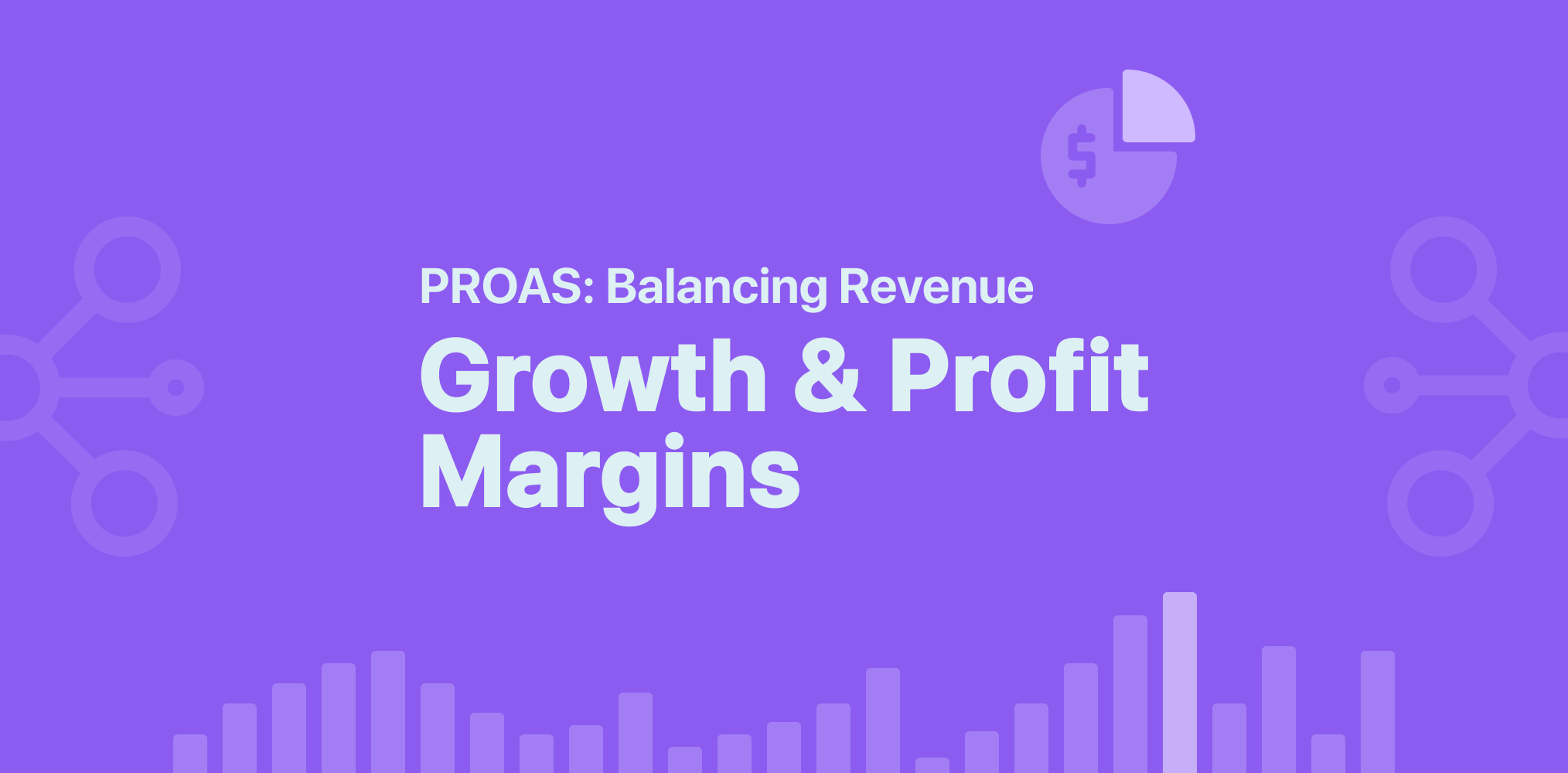
NeverLeafs is a rapidly growing player in the artificial plant and interior decoration market. With a wide assortment and a strong online presence, NeverLeafs aims to increase its revenue without compromising margins.
Balancing growth and profitability
Despite successful campaigns and an optimized Google Ads account, NeverLeafs encountered a challenge: how to scale further without putting pressure on margins? The traditional ROAS model was no longer optimal. Therefore, we introduced a new approach: PROAS (Profitable Return On Ad Spend). This method considers more factors than just revenue and costs, enabling Google Ads algorithms to optimize more efficiently and profitably.
Google Ads accounts for approximately 40% of NeverLeafs' revenue, with an annual budget of €1.5 million. The target ROAS of 600% needed to generate at least €9 million in revenue.
The challenge was balancing revenue and margin. Margin data was available per product, but focusing solely on margins could limit revenue. We needed a strategy that allowed for both revenue growth and margin retention. This led to the implementation of PROAS.
Implementation and key factors for optimization
One-time implementation costs amounted to €3,800, while cloud costs were €18 per day for infrastructure such as Cloud Storage, Firestore, and Server-side GTM. The annual costs are €6,500. Initial results show a 12.9% increase in net margin, making the investment well worth it.
To successfully implement PROAS, we incorporated multiple factors into the optimization model:
- Stock Longevity: We calculate how long stock will last and shift budgets to in-stock products to prevent stockouts.
- Upsells & Repeat Purchases: Some products generate more long-term profit through additional purchases.
- Pricing Strategy: Dynamic adjustments based on competition to maintain market advantage.
- Return Rates: Products with high return rates were given lower priority.

By integrating these factors into a weighted model, we calculated a correction factor per product. The better the conditions (high margin, low returns, strong upsells), the more revenue was fed back into Google Ads. This resulted in a more profitable allocation of ad budgets.
Technical execution and results
We implemented the model gradually, starting with a test market. After a successful pilot, we scaled it across the full account.
To technically implement the PROAS strategy, we used:
- Google BigQuery: To collect and combine data from eight sources, including Merchant Center and Google Ads API.
- Server-side GTM & Firestore: To securely feed PROAS values back into Google Ads without exposing sensitive data.
- ETL Pipeline: A workflow that updates data twice daily and automatically signals errors via Slack notifications.
- Looker Studio Dashboard: For insights into ROAS, POAS, and PROAS performance.

By implementing PROAS in phases (first as a secondary metric, then as the primary goal), we optimized the Google Ads algorithm without disrupting bid strategies. The first month after implementing PROAS delivered the following results:
- Net margin increased by 12.9%
- Revenue from Google Ads grew by 8.3%
- ROAS remained stable, while POAS increased by 16.2%
- Lower advertising costs per conversion (-9.7%)
- Reduced return rates on promoted products (-6.4%)
The future of PROAS in E-Commerce
With PROAS, we can now scale profitably without relying solely on revenue-driven optimizations.
PROAS is an innovative way to drive e-commerce growth without sacrificing margins. At a time when advertising costs are rising and margins are under pressure, this approach offers a scalable and profitable solution.
This case demonstrates how smart data analysis and strategic execution can have a direct, measurable impact on the bottom line. By combining server-side technology, machine learning, and advanced data processing, we created a model that is not only applicable to NeverLeafs but can be a valuable addition for any serious e-commerce player.

